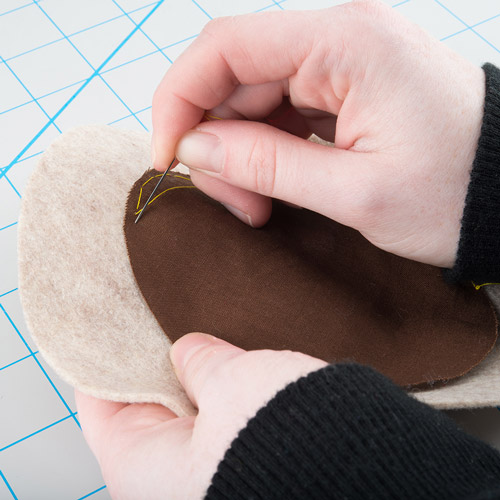Insulation Techniques for e-Textiles
Fabric Layer/Liner
Using a layer of fabric (or building your circuit underneath a garment's lining) is an easy way to protect conductive thread and leave a soft backing if the project is going to be worn against skin. This is also good method for insulating the front of your circuit with fabric designs.
Difficulty: Easy
Drying/Setting Time: None
Mess Level: Minimal
Materials Needed:
- Fabric
- Scissors
- Needle and non-conductive thread OR glue (fabric glue or hot glue gun)
Instructions:
Cut a piece of fabric (or small pieces) to cover your circuit. Attach the fabric by sewing or using glue, being careful not to accidentally damage any of your stitches or components. Get creative with your designs if insulating the front of your project - appliqué, cut outs, and shapes can add interest as well as insulation.
Tips:
- If using glue, be careful it doesn't saturate through the top of the fabric.
- When cover a large area, make sure to sew or glue at various places in the middle of the fabric, not just at the edges. This helps keep the fabric flush with the circuit and avoids any accidental folding underneath that could short circuit the thread.
Pros:
- No exposed wet paint or glue to deal with
- Great way to use scrap fabric from constructing your project
Cons:
- Can get bulky depending on fabric choice
- Sewing can be time intensive, depending on the complexity of your designs
Examples:
Our Twinkling Trick or Treat Bag project uses fabric designs to cover up components on the front of the bags.

